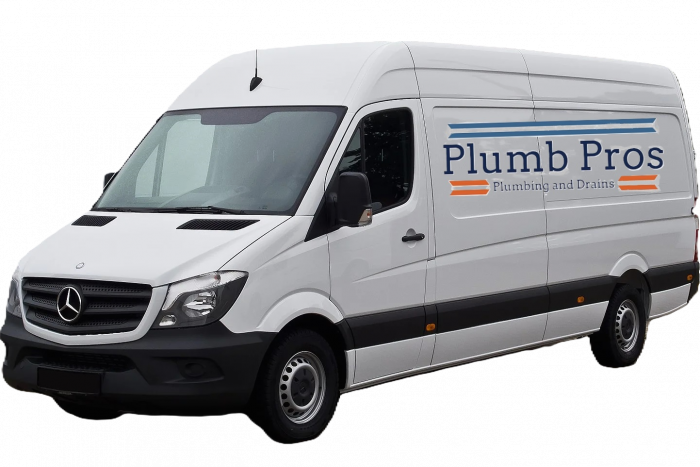What to Do When Disaster Strikes!
Plumbing emergencies can happen at any time, often when you least expect them. From burst pipes to overflowing toilets, these situations can cause panic and stress if you’re not prepared. However, knowing how to respond calmly and efficiently can make all the difference in minimizing damage and restoring normalcy to your home. In this comprehensive guide, we’ll cover some common plumbing emergencies and provide step-by-step instructions on how to handle them like a pro.
Burst Pipes
A burst pipe is one of the most serious plumbing emergencies, as it can lead to extensive water damage if not addressed promptly. If you discover a burst pipe in your home, follow these steps:
Shut off the main water supply: Locate the main shut off valve in your home and turn it off to stop the flow of water.
Drain the pipes: Open all faucets and flush toilets to drain any remaining water from the pipes.
Locate the burst pipe: Identify the location of the burst pipe and assess the extent of the damage.
Temporarily repair the pipe: If possible, use a pipe clamp or plumber’s tape to temporarily seal the burst pipe until a professional plumber can make permanent repairs.
Contact a licensed plumber: Call a licensed plumber immediately to assess the situation and make necessary repairs.
Clogged Drains
Clogged drains are a common plumbing issue that can cause water backups and inconvenience in your home. Here’s how to handle a clogged drain effectively:
Try a plunger: Use a plunger to try and dislodge the clog by creating a vacuum and pushing it through the drain.
Use a drain snake: If plunging doesn’t work, use a drain snake to manually remove the clog from the drain.
Avoid chemical drain cleaners: Chemical drain cleaners can damage pipes and harm the environment. Instead, opt for natural alternatives or contact a professional plumber for assistance.
Water Heater Malfunctions
A malfunctioning water heater can disrupt your daily routine and leave you without hot water. If you encounter issues with your water heater, take the following steps:
Check the pilot light: If you have a gas water heater, ensure that the pilot light is lit. If it’s out, follow the manufacturer’s instructions to relight it.
Inspect the thermostat: Make sure the thermostat on your water heater is set to the appropriate temperature. Adjust it if necessary.
Flush the tank: Sediment buildup can affect the performance of your water heater. Periodically flush the tank to remove sediment and improve efficiency.
Contact a professional: If you’re unable to resolve the issue on your own, contact a licensed plumber to diagnose and repair the problem.
While plumbing emergencies can be stressful, knowing how to respond can help alleviate anxiety and prevent further damage to your home. By following the steps outlined in this guide, you can handle common plumbing emergencies with confidence and ensure the safety and comfort of your household. Remember, when in doubt, don’t hesitate to contact a licensed plumber for assistance. With the right knowledge and preparation, you can weather any plumbing emergency that comes your way..


